Play Games and Earn LUCK.

Play Games and Earn LUCK.

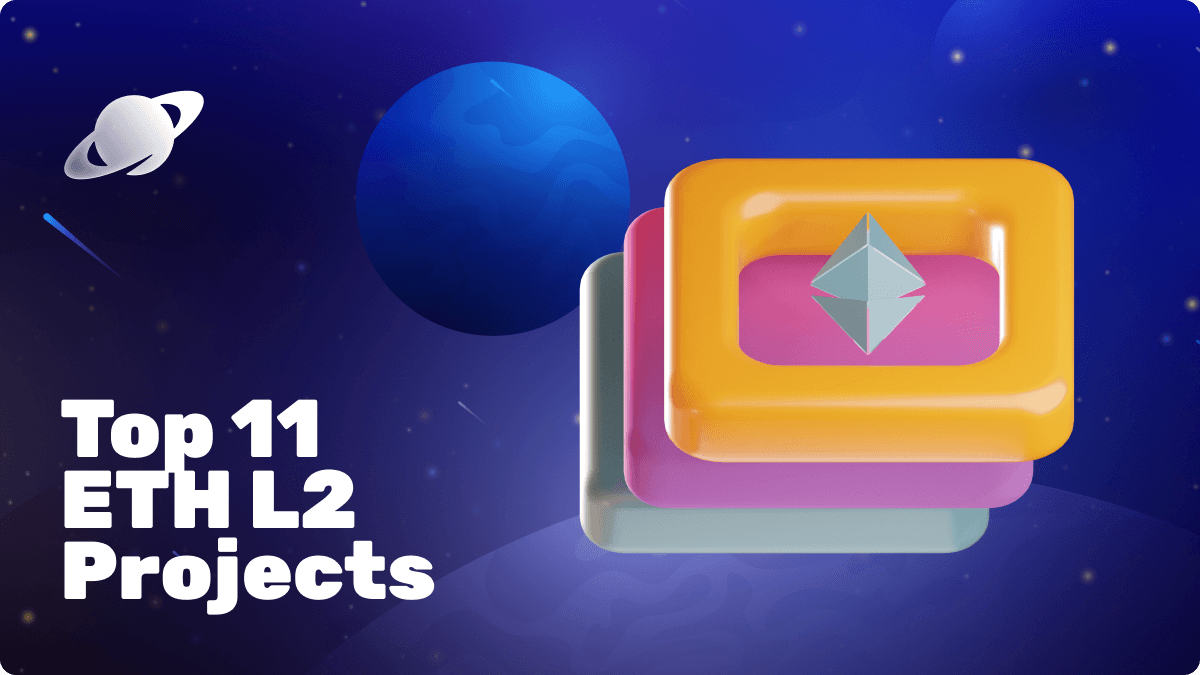
Since its inception, Ethereum has solidified its position as one of the leading blockchain platforms, second only to Bitcoin in market cap. Known for its robust smart contract capabilities, Ethereum enables the development of decentralized applications (dApps) that go beyond simple currency transactions, powering decentralized finance (DeFi), NFTs, and more.
However, with its increasing popularity, Ethereum faces significant challenges, primarily around scalability. Imagine Ethereum as a congested highway, struggling with high transaction fees and slower processing times as more users join the network. This is where Layer 2 solutions come into play, acting as essential side roads to this congested highway.
Layer 2 solutions are like bypasses built on top of Ethereum's main blockchain (Layer 1). They address the scalability issue by handling transactions off the main chain, only interacting with it when necessary. This reduces the load on Ethereum, leading to faster transactions and lower fees. In our highway analogy, these are express lanes where specific types of traffic (transactions) can move swiftly, easing congestion.
As Ethereum continues to grow, the need for these Layer 2 solutions becomes increasingly urgent. They are not merely a temporary fix; they are crucial for the long-term scalability, efficiency, and sustainability of the Ethereum network, ensuring it remains a viable platform for the growing demands of blockchain users and developers.
Currently, the Total Value Locked (TVL) in Layer 2 solutions stands at an impressive $16 billion, a figure expected to rise as more chains join and liquidity increases.
While there are various types of Layer 2 scaling solutions, rollups are the most popular. Rollups consolidate multiple transactions into a single one that is recorded on the main Ethereum blockchain. There are two main types: Optimistic Rollups, which rely on economic incentives and game theory for validation, and Zero-Knowledge (zk) Rollups, which use cryptographic proofs for enhanced security and privacy.
Function: Process transactions off the main Ethereum chain, assuming they are valid by default. Fraudulent transactions can be challenged and removed.
Advantages: Increases scalability and reduces fees; compatible with Ethereum's smart contracts.
Limitations: Transaction finalization can be delayed due to the fraud-proof period; slightly less secure than the main Ethereum chain.
Function: Bundle multiple transactions into one and use cryptographic proofs to validate them without revealing individual details.
Advantages: Offers enhanced privacy and faster processing; improves scalability by reducing the data on Ethereum's blockchain.
Limitations: More complex technology, potentially limiting broader adoption; may not support all smart contract types.
Both these Layer 2 solutions are vital for scaling Ethereum, with Optimistic Rollups focusing on compatibility and ease, while zk-Rollups emphasize privacy and efficiency.
In this section, we dive into the leading Ethereum Layer 2 projects, offering a detailed comparison for developers, builders, investors, and enthusiasts. These projects were selected based on their Total Value Locked (TVL), revenue (transaction fees over the last 30 days), unique value proposition, and developer activity.
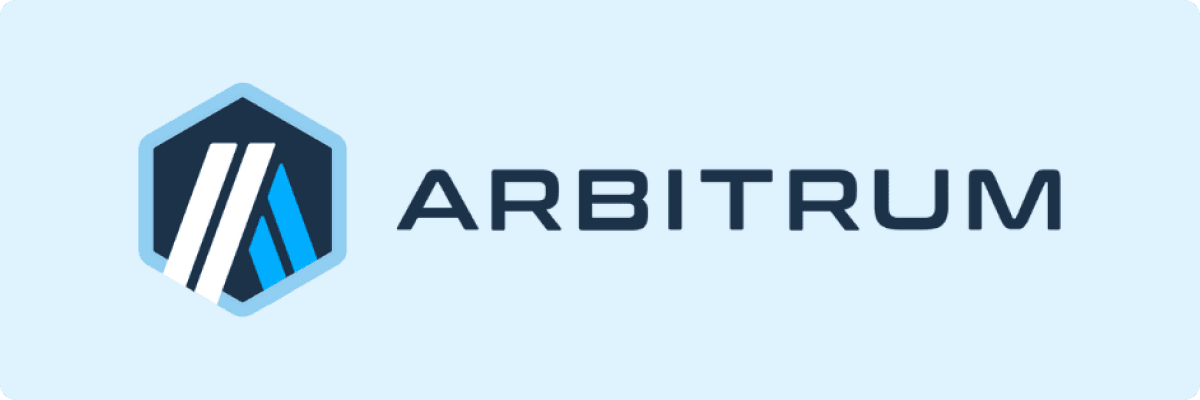
Arbitrum is a technology suite designed to scale Ethereum, allowing users to perform Web3 activities and deploy smart contracts more cheaply and quickly. Its flagship product, Arbitrum Rollup, is an Optimistic rollup protocol that inherits Ethereum-level security.
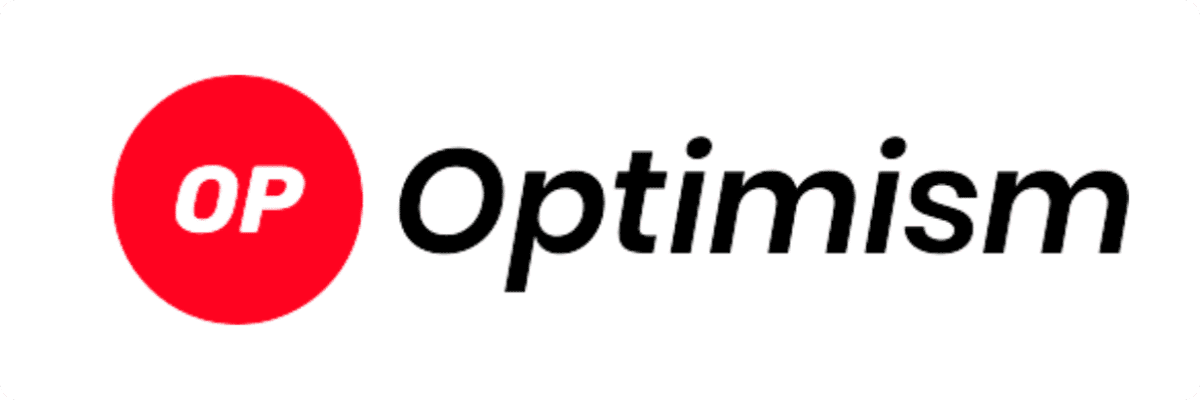
OP Mainnet is a fast, stable, and scalable Layer 2 blockchain built by Ethereum developers for Ethereum developers. It offers an EVM-equivalent architecture that scales Ethereum apps without surprises.
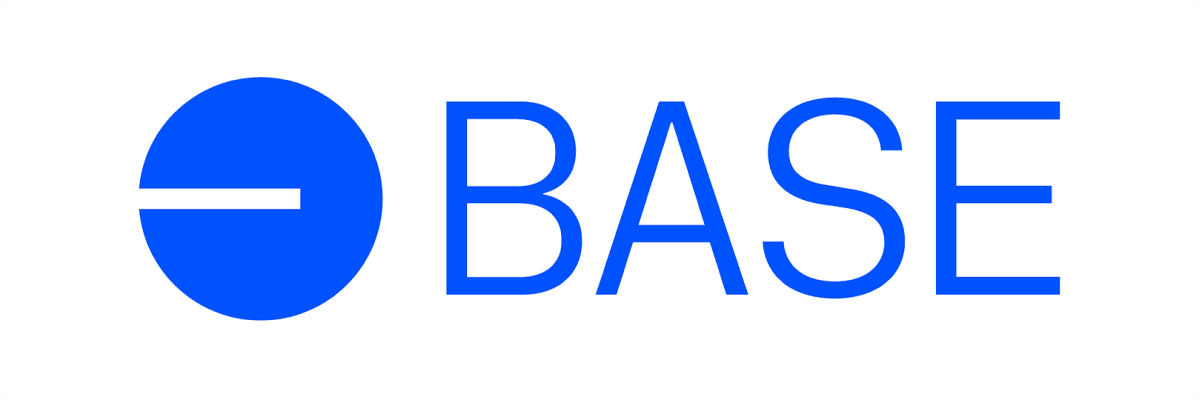
Base is an Ethereum Layer 2 solution that provides the security, stability, and scalability needed to power on-chain apps. It supports the deployment of any EVM codebase and facilitates asset transfers from Ethereum L1, Coinbase, and other interoperable chains.
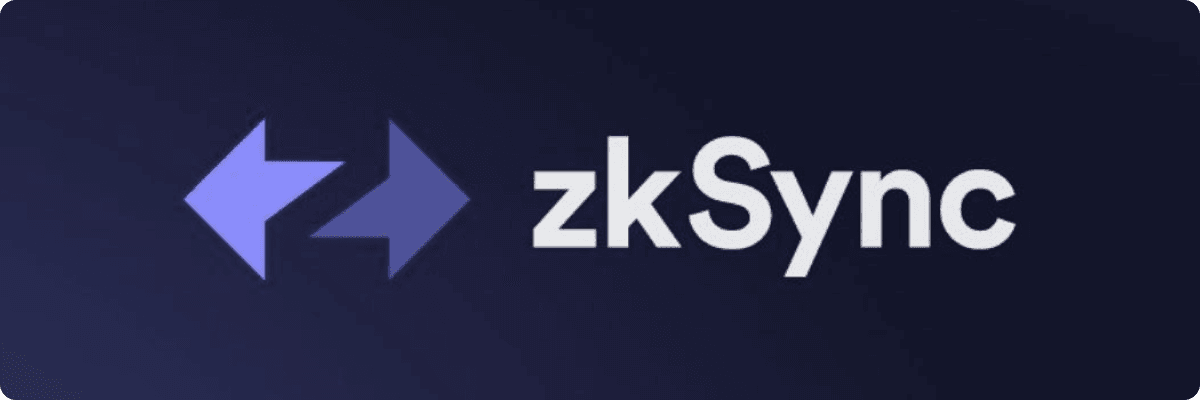
zkSync is a Layer 2 protocol that scales Ethereum using cutting-edge zero-knowledge technology. Its mission is to increase Ethereum's throughput while fully preserving its foundational values of freedom, self-sovereignty, and decentralization.
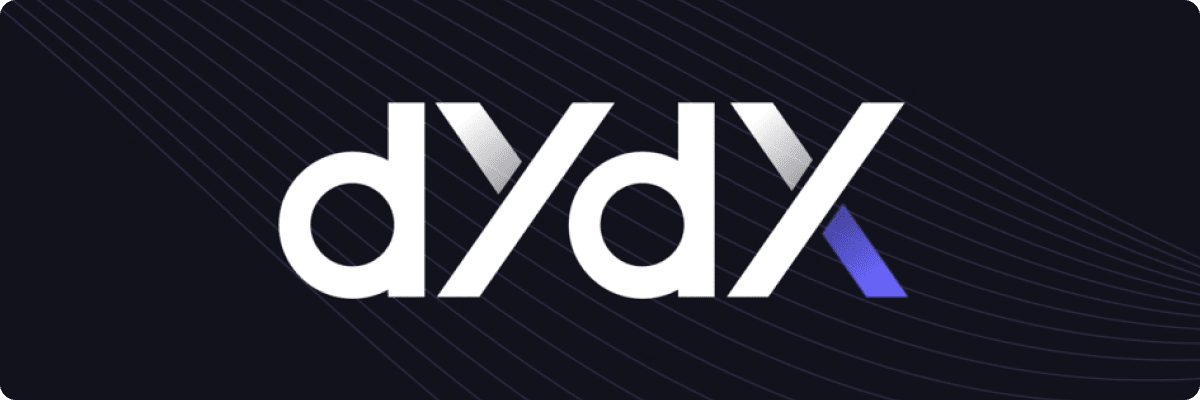
dYdX v3 aims to build a powerful and professional exchange for trading crypto assets, where users can truly own their trades and eventually the exchange itself. dYdX is transitioning from a Layer 2 DEX for perpetual swaps to its own blockchain built with Cosmos SDK.
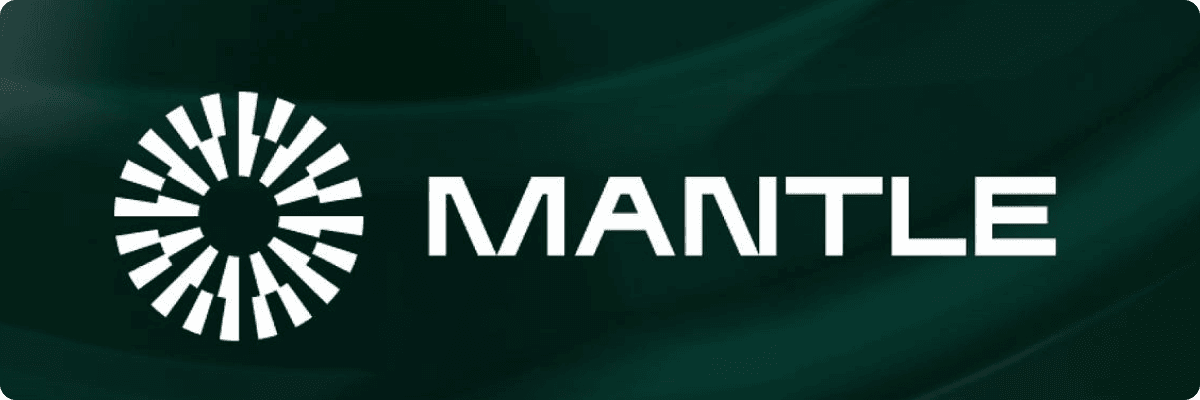
Mantle Network is an Ethereum Layer 2 scaling solution that strives to be EVM-compatible, enabling developers to deploy smart contracts in a low-fee environment.

ImmutableX is the leading platform for building Web3 games on Ethereum, empowering the next generation of Web3 games.
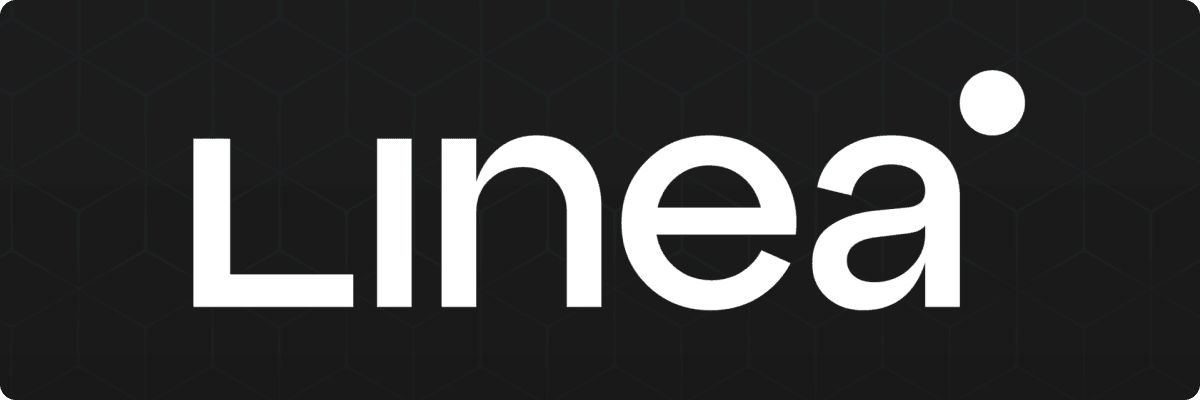
Linea is a network that scales Ethereum by offering out-of-the-box compatibility with the Ethereum Virtual Machine (EVM), enabling the deployment of existing applications at a fraction of the cost and at a speed much faster than the Ethereum mainnet.
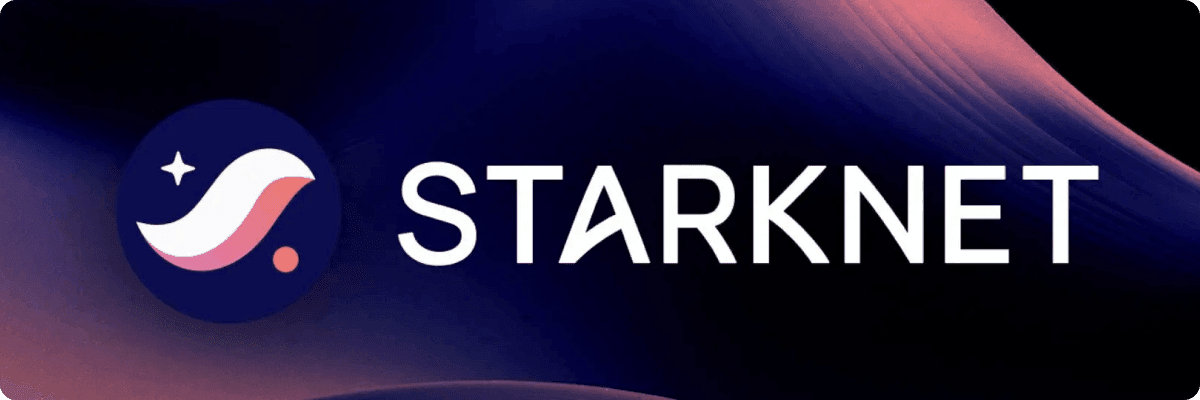
Starknet is a permissionless, decentralized zero-knowledge rollup (zk-Rollup) for Ethereum, allowing any dApp to achieve unlimited scale for its computation without compromising on Ethereum’s security.
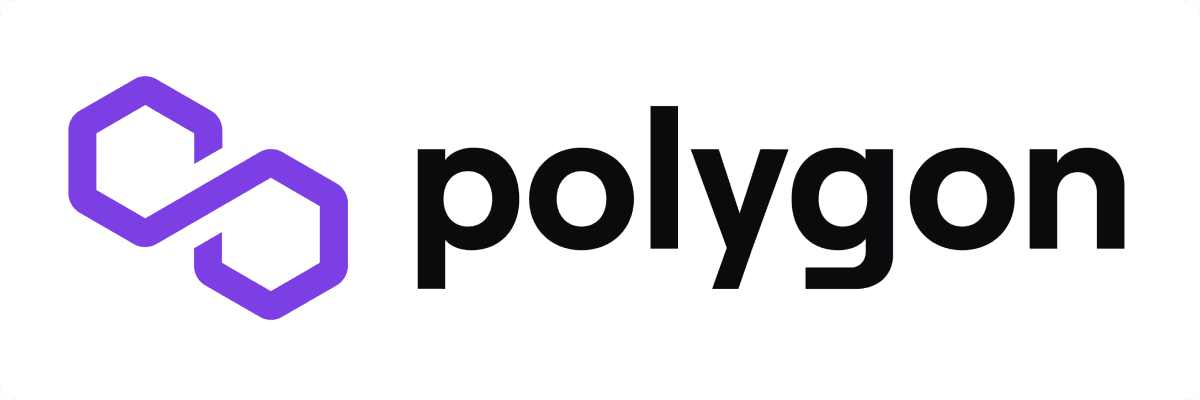
Polygon is a Layer 2 scaling solution designed to bring mass adoption to Ethereum by providing developers with tools to create scalable dApps that prioritize performance, user experience (UX), and security.

Scroll is a security-focused Ethereum scaling solution that leverages innovations in scaling design and zero-knowledge proofs to create a more accessible, responsive network.
As Ethereum continues to evolve, its ecosystem of Layer 2 solutions is becoming increasingly diverse. Ethereum co-founder Vitalik Buterin recently noted this trend, predicting that more projects currently operating as independent Layer 1s may eventually integrate closer with the Ethereum ecosystem as Layer 2s.
This growing heterogeneity among Layer 2 projects is a positive sign, indicating that the Ethereum network is well on its way to achieving the scalability, efficiency, and sustainability needed to support the next wave of blockchain innovation.